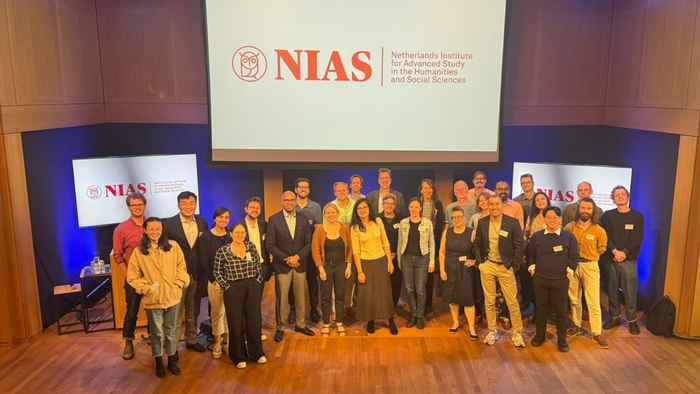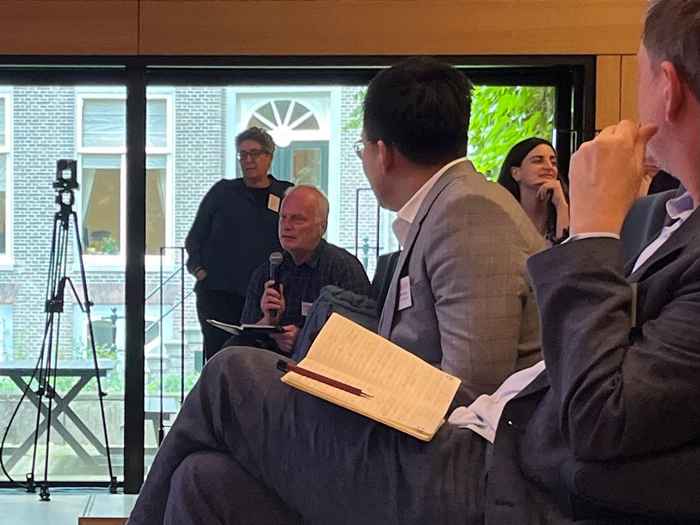Connecting Urban Inequality to the Built Environment
CUS seed grant 2024
15 October 2024

Key Themes and Discussions
The symposium aimed to generate discussion on how the built environment affects neighbourhood organizations and entrepreneurs, and to what extent it exacerbates urban spatial inequality. It also sought to address the distinct theoretical and empirical challenges related to studying this topic. More than fifty participants, ranging from early- and mid-career scholars to senior professors, working in diverse disciplines such as management, urban studies, political science, sociology, anthropology, history, geography, the humanities, and medical science, took part in the symposium's programs.
The symposium was opened by the fellows of the NIAS-Lorentz Theme Group: Floris Vermeulen (Amsterdam Institute for Social Science Research, University of Amsterdam), Mingshu Wang (School of Geographical & Earth Sciences, University of Glasgow), and Laura Dupin (Amsterdam Business School, University of Amsterdam). Floris Vermeulen introduced the background of this NIAS-Lorentz Theme Group and gave an overview of the participants attending the symposium. Laura Dupin shared the group's current work, linking the built environment on the microgeography scale with social connectivity and neighbourhood organizations and entrepreneurs.
After these introductions to the study of Connecting Urban Inequality to the Built Environment, eight keynote speakers shared their research over the following three days. Each keynote speech was followed by a discussion between the keynote speaker and a discussant invited by the Theme Group. Symposium participants joined in the follow-up discussions afterward.

Imagining a Car-Free City
In addition to the keynote speeches and discussions, the NIAS-Lorentz Theme Group also organized a public event at SPUI25 on June 18. Jeroen Slot (Head of the Research and Statistics department of the municipality of Amsterdam) was invited to give the speech "The Closure of the Weesperstraat and the Effects on Urban (Neighbourhood) Life," to share research examining the effects of the pilot project aiming to make the city more car-free. Not only keynote speakers and symposium participants, but also a wider group of Amsterdam citizens participated in the discussion section.
The symposium illustrated once more that the relationship between urban inequality and neighbourhood organisations and entrepreneurs can be empirically complex to disentangle. However, the frontier of spatial analyses is expanding with exponential amounts of diverse data sources (e.g., micro-geographic data, crowdsourced mobility data, street-level images, Earth observation data, social media data) that usher in exciting methodological opportunities as well as challenges pertaining to casual inference. Rich qualitative work is increasingly needed to get closer to understanding how urban space is experienced and interpreted. In sum, a broad range of conceptual development, empirical methods and methodologies is required for robust and informed research on urban inequality.